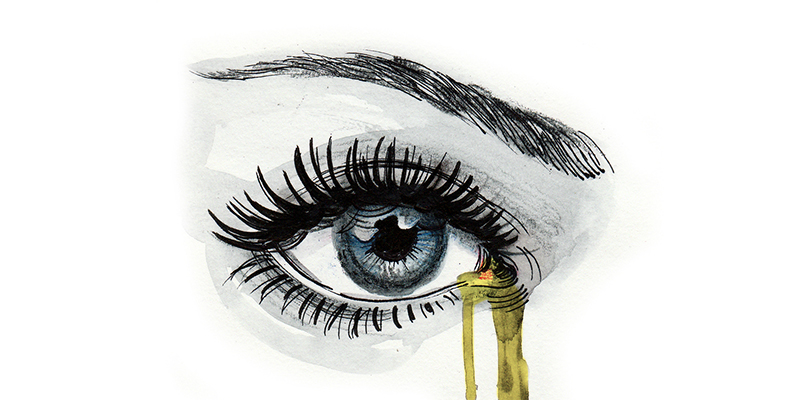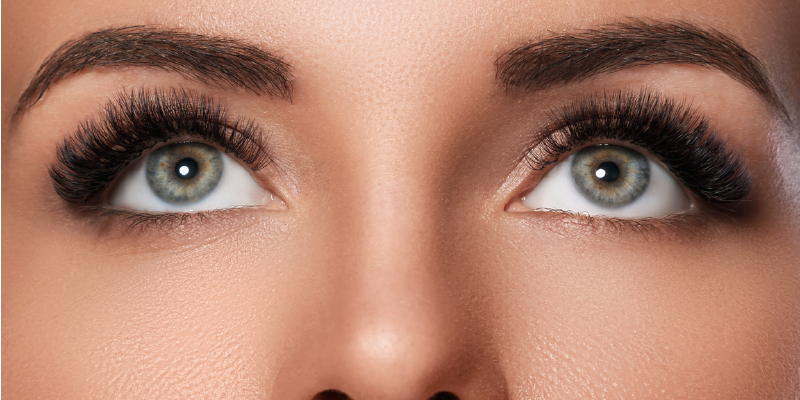Many people who discover that they need a new pair of glasses are able to do so without experiencing any difficulties. Unfortunately, sometimes side effects occur with new glasses. By understanding the various ways in which glasses prescriptions can fail, people can avoid making similar mistakes in the future as well as more clearly understand why these problems happened. This article will review ten of the most common eyeglass problems that users experience.
Problem # 1 – An Eye Condition Grows Worse

Sometimes, patients with vision loss discover that their condition grows worse between when they are prescribed glasses and when the glasses are received. Some rapidly changing conditions include cataracts, diabetes, glaucoma, and macular degeneration. Often times, patients are simply not prepared for the limitations associated with their new lens prescription. In other cases, people are ill equipped to deal with the full extent of their vision loss until they put on their new prescription and must confront the change in their vision.
Problem # 2 – Changes in Prescriptions
In some situations, changes can occur between the prescription written and the pair of eyeglasses that a person receives. These changes may be made so that the patient has an easier time adapting to a prescription. Occasionally, a prescription will be later increased to further help a person’s vision.
Problem # 3 – Changes in Material

There are advantages to different materials for glasses such as how easy the glasses are to clean and their weight. Some people may notice an unsatisfactory difference in the quality that results between materials.
Problem # 4 – Patients Who Are Aware of the Edge of Glasses
After receiving a new pair of glasses, some patients discover that they are acutely aware of the edge of their glasses and as a result feel “trapped” by them. Many people experience this feeling with their first pair of glasses. One potential solution to avoid this problem is selecting a metal frame or rimless style of glasses.
Problem # 5 – People with Cataracts
Cataracts can significantly disrupt how a person sees. Despite prescription glasses, some people continue to experience vision difficulties in one eye because a cataract creates vision difficulties. Frequent prescription changes may be necessary.
Problem # 6 – Challenges with Eye Alignment

In some cases, a new glasses prescription can create a double vision. Most often, double vision occurs while looking up or down through a lens. For some people, double vision caused by new prescriptions can cause eyestrain and headaches.
Problem # 7 – Lens Aberrations
Lens aberrations refer to defects in a lens and most often comprise one of two different issues.
High index lenses that refract light for each wavelength can cause images seen through the glasses to split, and in some cases, the images will even carry colored fringes.
Another common type of aberration is spherical aberrations which cause walls as seen through the glasses to appear to bend in or out.
Problem # 8 – Changes in the Prescription
There are many conditions that can significantly affect a person’s eyes including cataracts, diabetes, medication, and pregnancy which may cause the appropriate prescription for a person to change significantly. An optometrist may need for the patient’s existing condition to be treated before a stable eyeglass prescription can be written.
Problem # 9 – Changes in Base Curve of Lens
Many eyeglass prescriptions allow the manufacturing laboratory to select the base curve of the lens, which is how the front surface of the lens curves. Many people easily transition to new curves in their glasses, but some experience much more difficulty.
Problem # 10 – Difficulties with Progressive Lens Glasses
Progressive lenses have several different fields of power to help eyeglass wearers. Many people easily adapt to this type of lens system. However, there are possible problems that can arise with progressive lenses and cause problems for the wearer. For one, misalignment is common with progressive lenses because the lenses must be fit very precisely. Another common problem is that a person can have trouble adapting to their peripheral field of vision which can cause them to experience motion sickness.
Obtain Relief for Irritated Eyes

If you suffer from an eye-related side effect due to eyeglass problems that cause dry eyes or irritation, the Cliradex 4-Terpineol formula can significantly help lessen the severity of these symptoms.





